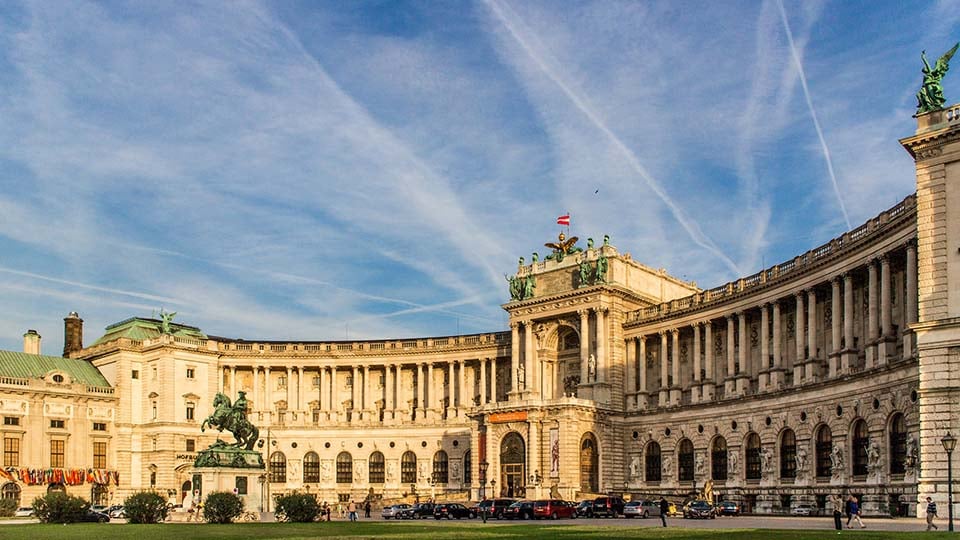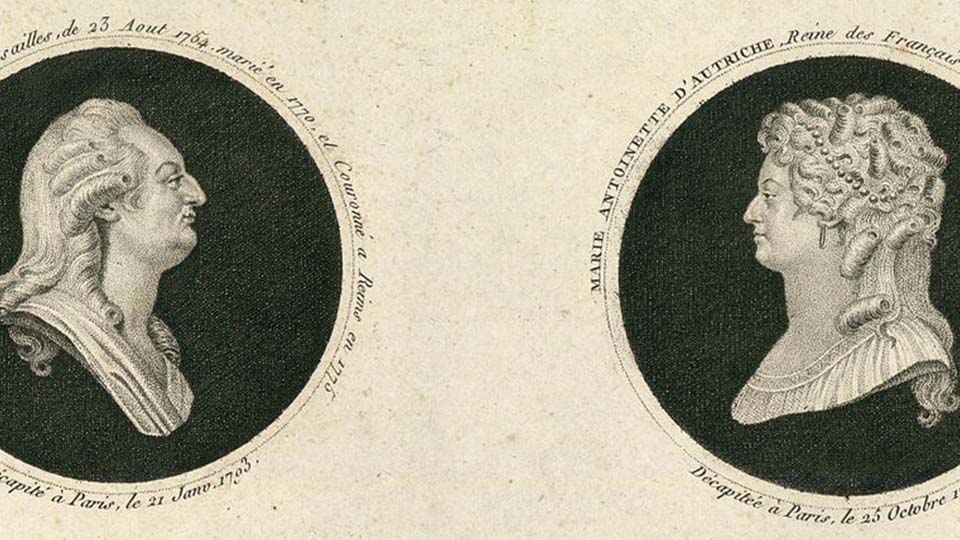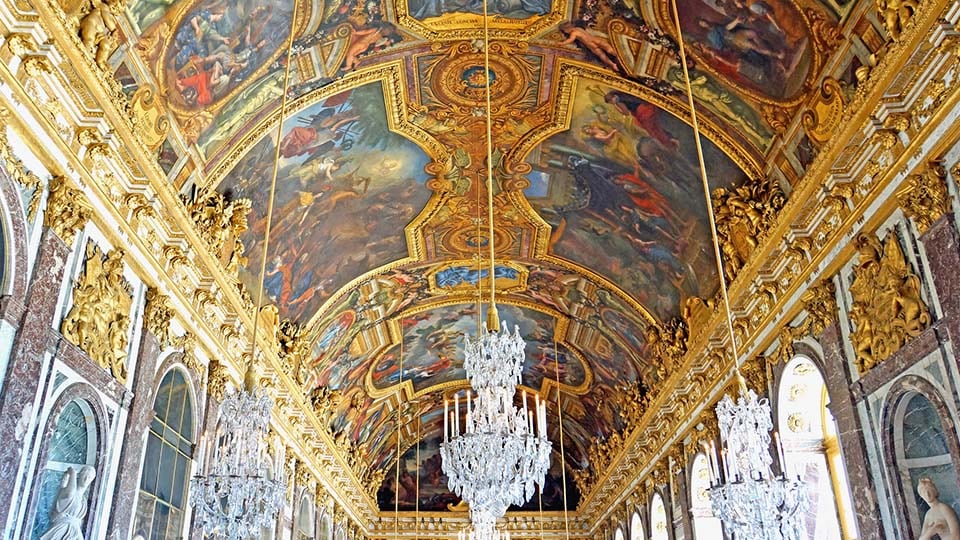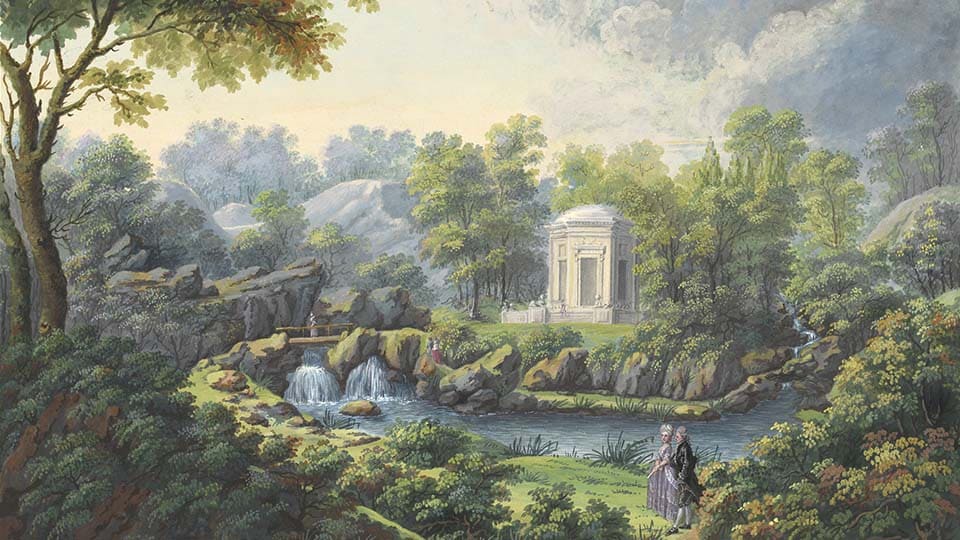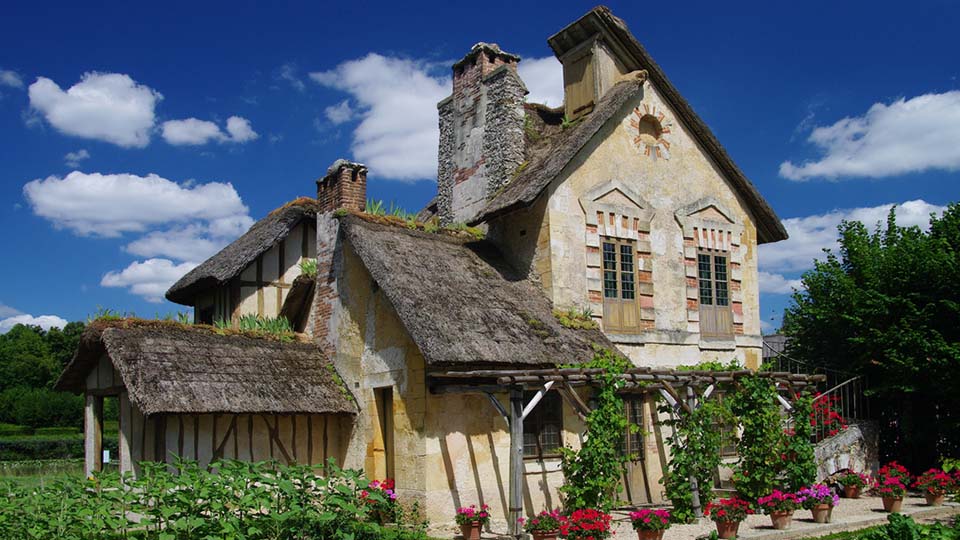Marie Antoinette - 5 Locations That Shaped the Monarch
If there’s one thing people now know about Marie Antoinette, it’s that she never actually said, “Let them eat cake.” But if this — and that Kirsten Dunst movie — represent the sum of your knowledge, a visit to any or all of the following places should prove highly illuminating. For once you shine a light on her fantastical life, you see a woman who has been widely written off as vain, vapid and disgustingly self-obsessed but was, in truth, far more sinned against than guilty of sinning.
-
1. The Hofburg Palace
Maria Antonia Josephna was born in the Hofburg Palace — the pride of Vienna and one of the great palaces of Europe — on 2 November 1755. She lived most of her adult life 600 miles away, which is remarkable considering that in the 18th century such distance must have felt like a trip to the other side of the world. Paris? She might as well have been relocating to Papua New Guinea. -
2. Ile Aux Epis
Marie was handed over to the French at Ile Aux Epis, an islet in the Rhine, in 1770. Her marriage to the future Louis XIV was arranged to secure peace between France and the Austro-Hungarian empire. If the affair has the feel of a hostage exchange, it’s because for all purposes that’s exactly what it was. Visit the setting today and you’ll find a majestic suspension bridge that spans one of the continent’s mightiest rivers and unites two of its greatest nations. -
3. The Palace of Versailles
Although notionally Marie’s home from 1770 until 1793, Versailles must have frequently felt more like an enclosure than a residence. To fully appreciate the intrusiveness of palace life, hurry to the King and Queen’s extravagant bed chamber where, on their wedding night, an audience gathered to watch them consummate their union. Little wonder the poor chap couldn’t perform, a misfortune that fuelled palace gossip for years to come. -
4. Le Petit Trianon
Built on the grounds of Versailles, the Trianon was commissioned by Louis as a gift for his wife. Anyone who’s seen Sofia Coppola’s "Marie Antoinette" movie will appreciate that the house has a reputation for utterly wretched excess. Walk through its elegant corridors, however, and it becomes increasingly clear that the Trianon was less of a house of fun and more of a place where Marie Antoinette indulged herself in what was otherwise denied her — privacy. -
5. Hameau De La Reine
If the popular image is to be believed, "the Queen’s Hamlet," set in the shadow of the Petit Trianon, is the mock farmstead where one of the richest women in Europe whiled away her days pretending to be a shepherdess. The Hameau has an undeniable fantasy aspect to it; you can but wonder how shocking life among royalty must have been to leave Marie Antoinette longing for the simple life of a serf.
